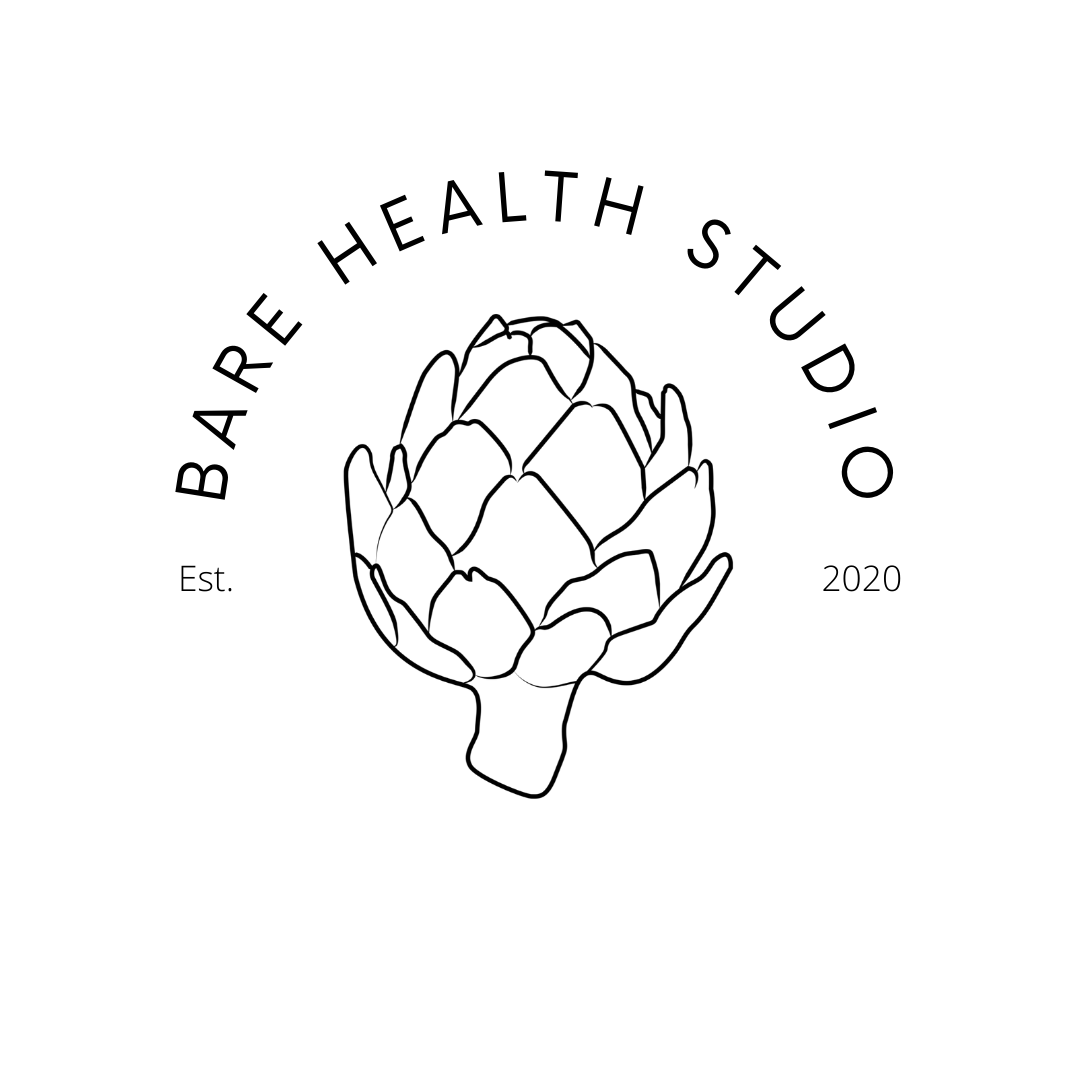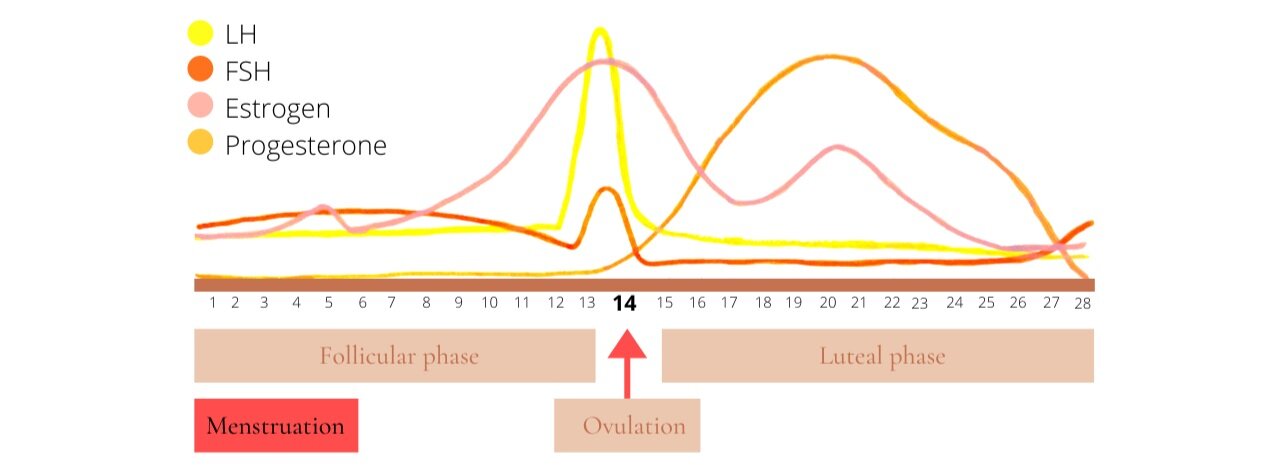let’s get to know the menstrual cycle
Let’s take a look at the menstrual cycle and periods. We’re familiar with our regular visits from Auntie Flow, but do we know why she comes knocking at that time of the month? What’s her deal?
To get to know our menstrual cycle we first need to get acquainted with the female reproductive anatomy.
Let’s see exactly what we’re working with here:
2 ovaries- where eggs are developed, stored and released
The uterus (womb)- where a fertilised egg implants and a baby is developed
The fallopian tubes- two thin tubes that connect the ovaries to the womb
The cervix- the entrance to the womb from the vagina
The vagina- the muscular tube leading from the external genitals to the cervix
Want to get up close and personal? Read our article: the female reproductive anatomy
Ok, the menstrual cycle
The menstrual cycle is a cycle of changes to the body controlled by female hormones that cause a regular bleed.
Day 1 of your menstrual cycle is counted as your first day of heavy flow and the beginning of your follicular phase.
The hypothalamus (a part of your brain) sends a signal to your pituitary gland (pea sized organ found at the base of the brain) to release follicle-stimulating hormone (FSH) stimulating your ovaries to produce 5 to 20 follicles (small sacs), each containing an immature egg, however only the healthiest will mature.
In each cycle, rising levels of the hormone oestrogen cause the ovary to develop and release an egg, this process is known as ovulation and occurs on approximately day 14 of your cycle.
At the same time, hormonal changes prepare the uterus (womb) for pregnancy, as the lining begins to thicken.
In the second half of the cycle, the hormone progesterone helps the uterus to prepare for implantation of a developing embryo.
The egg travels down the fallopian tubes. If a man’s sperm doesn’t meet and fertilise the egg it is reabsorbed into the body. Levels of oestrogen and progesterone fall and the lining of the uterus will shed through the vagina, known as a menstrual bleed or a ‘period’.
Once the lining has separated from the uterus wall, the cycle starts again.
Hormones throughout the menstrual cycle
These are some of the main hormones that control the menstrual cycle and the patterns seen in a typical cycle: luteinizing hormone (LH), follicle stimulating hormone (FSH), estrogen and progesterone.
Why monthly?
There are three important events that occur in the ovaries that determine the timing of a healthy cycle. Firstly the follicular phase, which takes approximately two weeks. Then, ovulations occurs, taking about one day. Finally, the luteal phase, which takes pretty close to two weeks.
Want to go deeper? Read our article:
why are female sex hormones so important?
What are periods?
Periods are nicknamed periods because during a monthly menstrual cycle they arrive periodically.
Menstrual fluid, the stuff that bleeds out when you have your period, contains blood, cervical mucus, uterine lining and vaginal secretions.
Over the course of your bleed you should lose: 50ml (2.5 tablespoons), less than 25ml is scanty flow and more than 80ml is considered heavy flow.
5ml - 1 regular pad or tampon soaked or 2 half soaked regular pads or tampons
10ml - 1 super tampon soaked
50ml - 2 soaked super tampons and 6 soaked regular pads
A period can last between 2-7 days, most women ideally have their period for 3-5 days including a day or two of spotting at the end. Day 1 is counted as your first day of heavy flow and the beginning of your follicular phase. When counting day 1 to the next day 1 your period should be every 21-35 days.
What should periods look like?
Menstrual fluid can range from red to brown in colour. With exposure to air blood turns darker. When your period is flowing quickly it will be bright red and when things are moving more slowly or spotting, the colour will be darker. If menstrual fluid has been on a pad for a while it may look almost brown.
As the lining of your uterus begins to break away and shed, your body releases natural anticoagulants, which help the menstrual fluid to flow more easily by thinning it out, making your menstrual fluid mostly liquid with no large clots. If your flow is heavy then you may form a few clots as the anticoagulants wont have time to do their job. Menstrual clots are normal, however they should be fairly small (the size of a 5 cent coin) and few of them.
Period products
It’s essential that you have safe ways to collect and dispose of your menstrual fluid.
Menstrual cups, reusable pads, period underwear and organic pads and tampons are our favourite sustainable options.
Read more about our favourite options here: sustainable period products
Menstrual cups- It’s a small, flexible funnel-shaped cup made of rubber or silicone that you insert into your vagina to catch and collect period fluid.
Reusable pads- A pad made from absorbent fabric that you wear in your underwear.
Period underwear- Period underwear look and feel just like normal undies, with an absorbent lining.
Organic tampons- A feminine hygiene product designed to absorb the menstrual flow by insertion into the vagina during menstruation.





